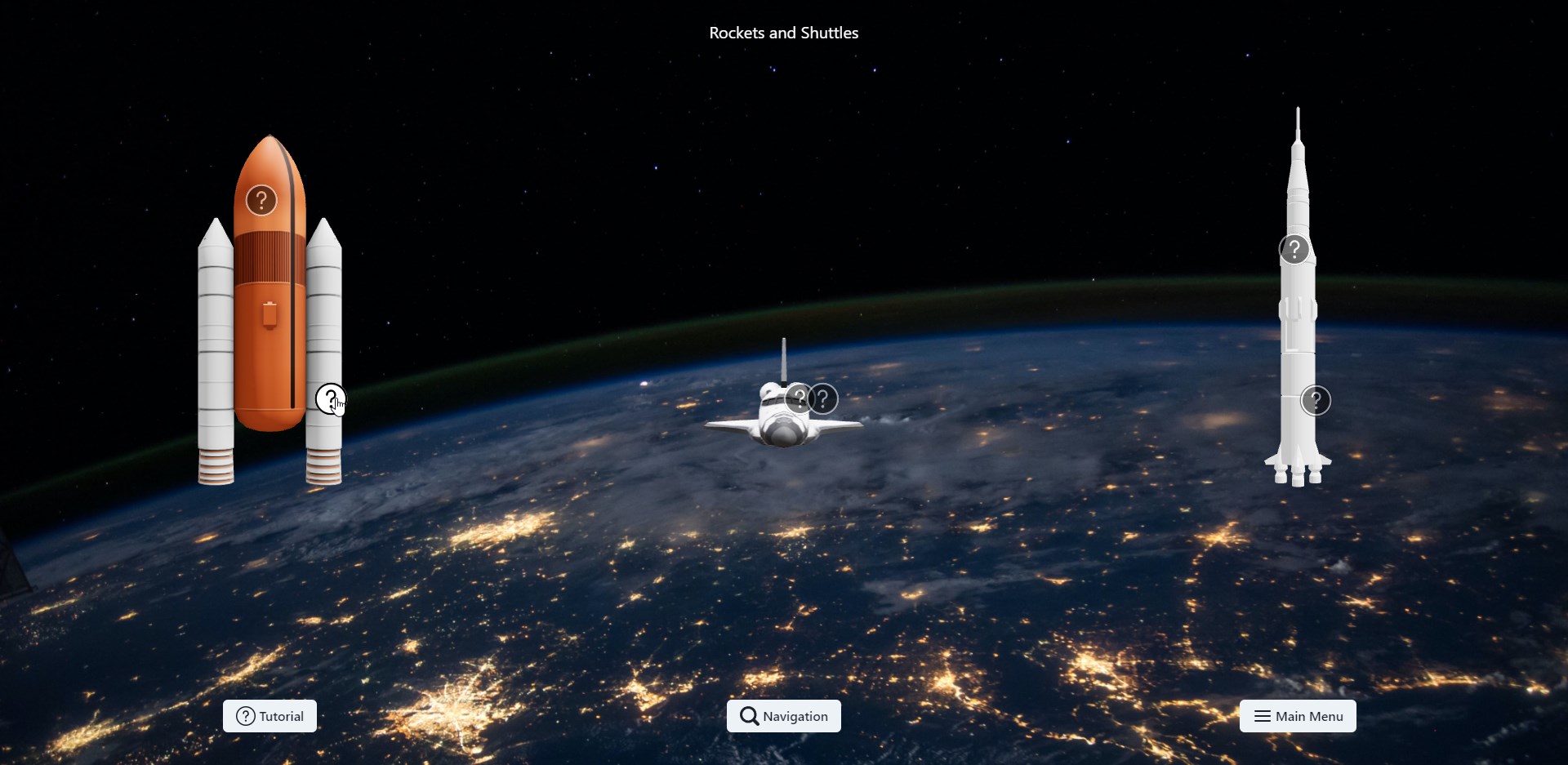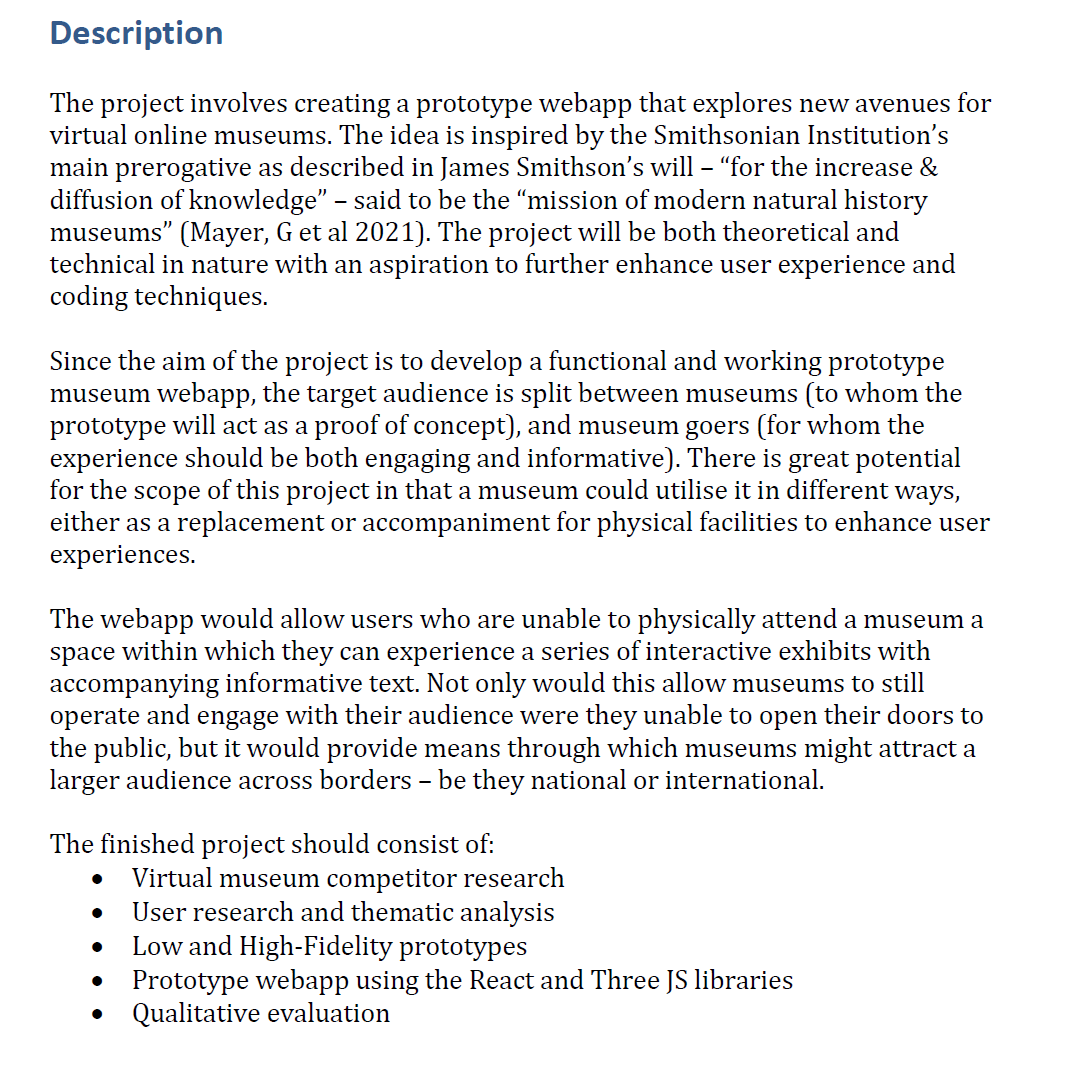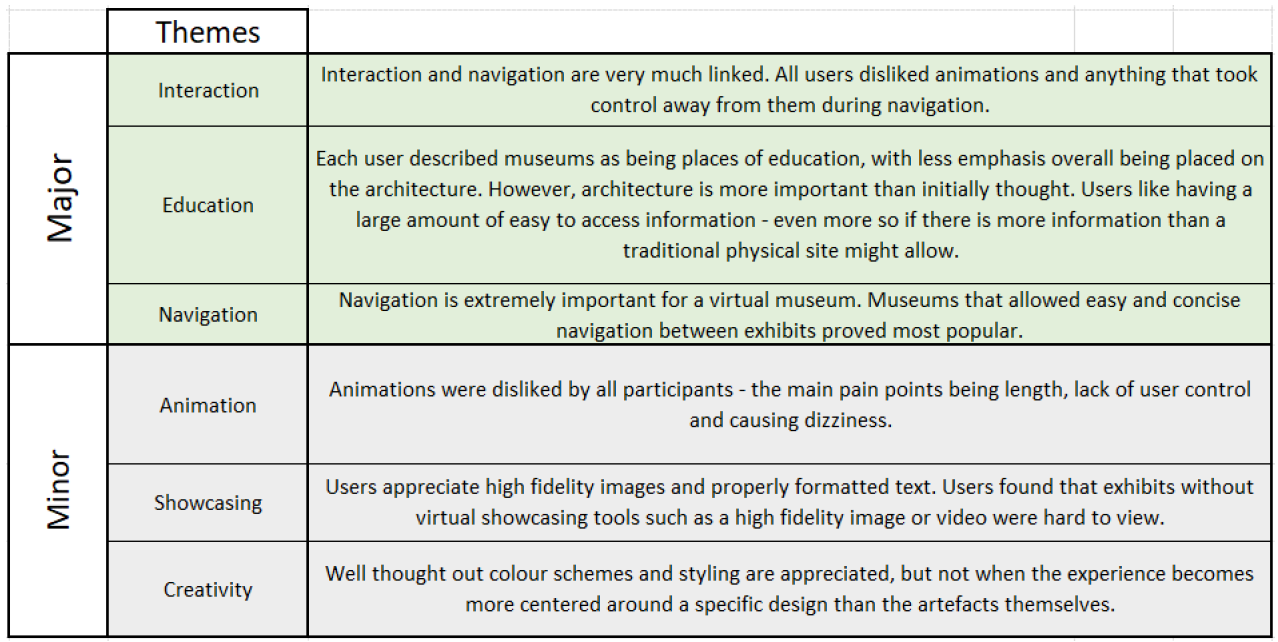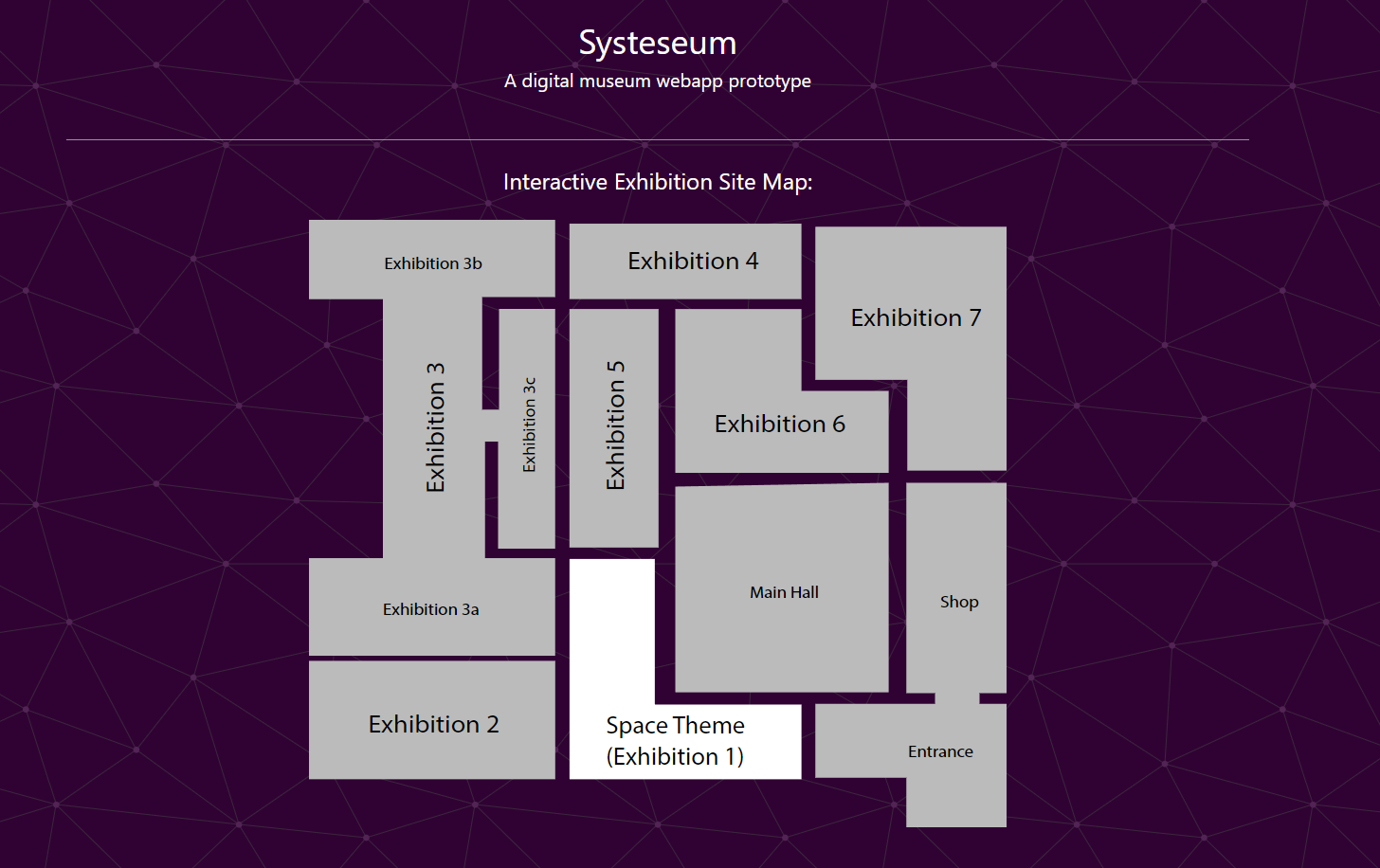October 2021 - May 2022
Virtual Museum Webapp - university final year project,
UX/UI and Front-End Web Developer
Overview
For my final year comprehensive creative technologies project, I
decided to focus on the digitisation of museums. This meant
exploring how contemporary web libraries and frameworks can be
used to elevate interaction and using them to bring a distilled
museum experience to a potentially wider audience.
During the course of the project, I was required to develop my own
project proposal. This allowed me to collate and cultivate my
areas of expertise and interest - User Experience and Front End
Web Development. I extensively researched current solutions via
SWOT analysis and user research before iterating on a series of
mid-fi Figma prototypes. Focus was then quickly shifted towards
further iteration through sketching solutions in code using React,
Three JS and React Three Fiber.
Process
- Ideation and Project Proposal
- Literature Review
- Prototype Demo
- Coming soon...
Tools
- Figma
- HTML, CSS, JS
- React JS
- Three JS
- React Three Fiber
- Github (version control)
